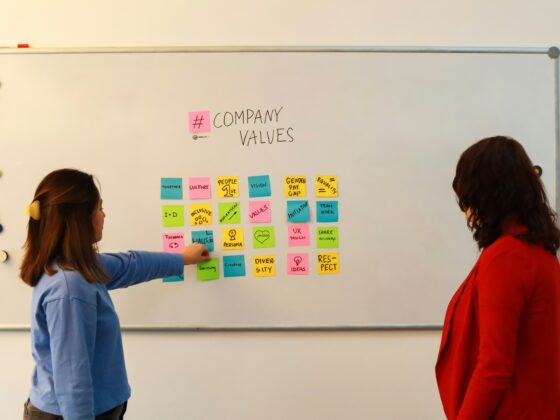Leveraging Technology to Reduce Churn
Reducing turnover isn’t just an HR issue—it’s a technology challenge. Outdated systems not only slow down operations but also limit an organization’s ability to meet the modern workforce’s needs. For example, legacy payroll or scheduling systems can be a source of frustration for employees, leading to disengagement. In contrast, more modern systems enable flexible scheduling, seamless communication, and instant access to essential HR information, all of which are critical to employee satisfaction.
Flexible scheduling, in particular, is an area where QSRs and broader hospitality brands can make immediate gains. By allowing employees to have more control over their work hours, companies can offer the flexibility that workers increasingly demand. This is especially crucial in an industry where irregular shifts are the norm. Beyond scheduling, modern workforce management systems can automate onboarding, payroll, and shift management, reducing friction for employees and HR teams alike.
Consider the impact of automating payroll errors, scheduling conflicts, and onboarding delays, which can significantly contribute to employee dissatisfaction and turnover. A restaurant or casino with a workforce management platform that reduces these frictions can not only retain employees but also boost efficiency and overall service quality.
Building a Culture That Retains Talent
Technology alone, however, won’t solve the turnover crisis. Companies must pair technological investments with cultural improvements to create a holistic approach to retention. Engaging employees through recognition programs, career development opportunities, and feedback mechanisms is essential.
Development programs, in particular, are a critical retention strategy. Employees who see opportunities for advancement and skill-building are more likely to stay with their employer long-term. For hospitality brands, this means offering clear pathways for growth—from training programs to leadership development initiatives. Technology can facilitate this by delivering on-demand training and career development tools that fit into employees’ often unpredictable schedules.
Additionally, real-time feedback tools, such as pulse surveys or digital suggestion boxes, can help leaders stay connected to employee concerns. This continuous feedback loop allows companies to course-correct quickly, addressing dissatisfaction before it leads to turnover.
Prioritizing Employee Experience
For technology leaders in the hospitality space, the link between employee experience and customer satisfaction is clear. In fact, 90% of employees report that the experience they have in the workplace directly impacts the service they provide to customers. This means that investing in employee experience technology isn’t just about reducing turnover—it’s about ensuring a high-quality customer experience, which is the lifeblood of hospitality.
As the workforce continues to evolve, the ability to adapt will be a key differentiator for QSRs, hotels, and casinos alike. Technology, when paired with a strong workplace culture, enables organizations to offer a more fulfilling, flexible, and engaging environment for employees. By focusing on these areas, hospitality leaders can reduce turnover, improve operational efficiency, and ultimately enhance the guest experience.






